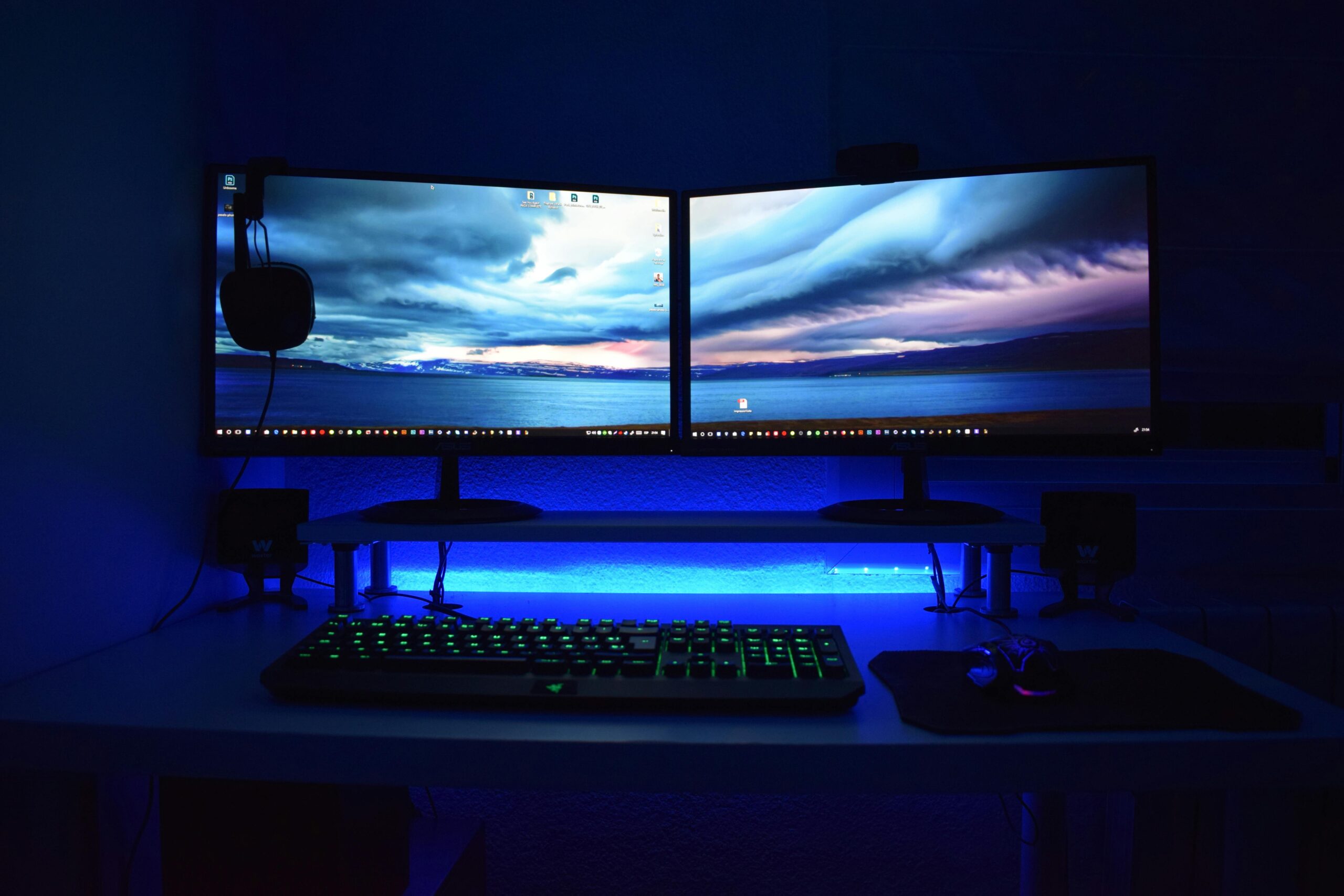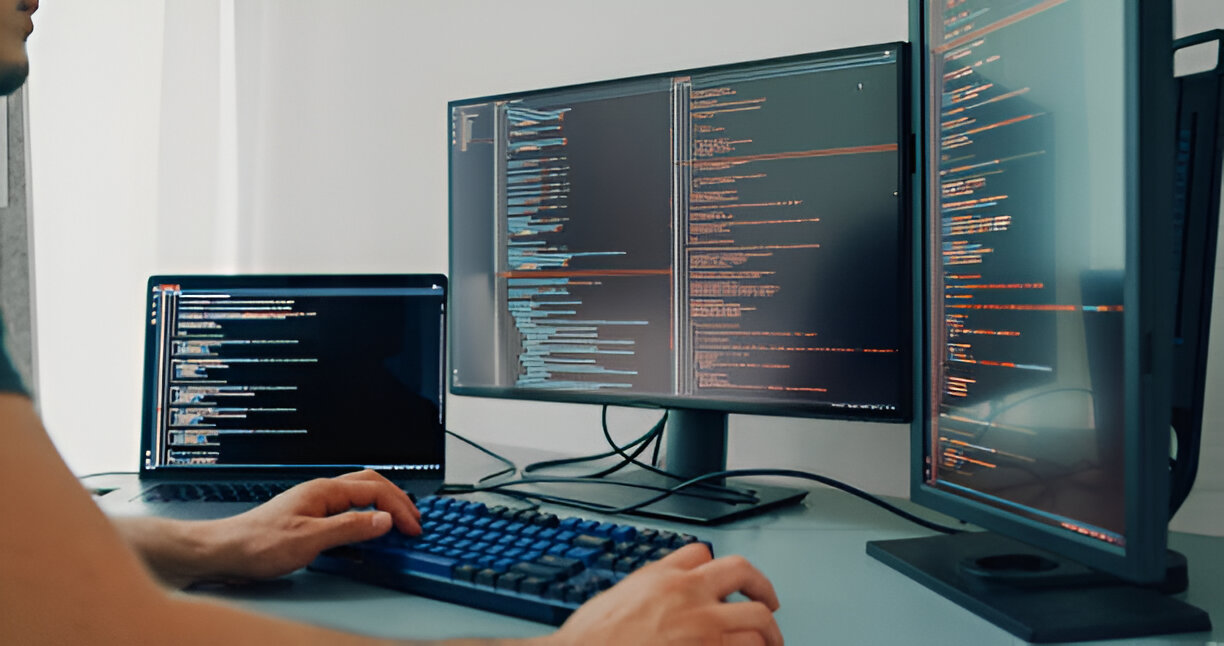As we move towards 2025, the relevance of understanding iot development cost continues to rise. Businesses are increasingly investing in the Internet of Things, resulting in a complex landscape where costs can vary significantly. By grasping the intricacies of iot development cost, organizations can improve their project management and enhance their chances of successful IoT solutions. This understanding is essential for any company looking to maximize their investment in IoT technology while ensuring the successful delivery of their projects.
Understanding IoT Development Cost
What Influences IoT Development Cost?
The iot development cost is influenced by various factors that stakeholders must consider while planning their projects. Key aspects include technology selection, project complexity, team expertise, and the time required for development. The choice of technology can impact not only initial costs but also long-term maintenance and scalability. Complex projects may require advanced features, increasing both development time and the necessary skill sets. Moreover, a highly experienced team will typically command higher fees, reflecting their expertise in IoT solutions. Lastly, it’s essential to account for the overall timeline, as prolonged development can lead to increased costs.
Breakdown of IoT Project Charges
A comprehensive understanding of iot project charges is crucial for effective budgeting. Charges typically encompass three major components: hardware, software, and ongoing maintenance. Hardware costs can include devices, sensors, and networking equipment, all of which vary significantly based on specifications. Software development encompasses app creation, integration, and backend support, often representing a large portion of the overall budget. Finally, ongoing maintenance, where updates and technical support are provided, must also be planned for to ensure the longevity and functionality of the IoT solution.
Internet of Things Pricing Models in 2025
Fixed Pricing vs. Time and Material Pricing
In navigating the various internet of things pricing models, businesses can choose between fixed pricing and time and material pricing in IoT development. Fixed pricing provides a set project cost, ideal for well-defined projects with clear deliverables. However, if the scope of work may evolve, time and material pricing allows businesses to pay for the actual time and resources committed by the team, providing flexibility but potentially leading to higher costs if not managed properly.
Subscription-Based Pricing for IoT
Subscription services are increasingly prevalent, influencing internet of things pricing in notable ways. This model allows companies to access IoT services and solutions without incurring steep upfront costs. Instead, they pay a recurring fee, which can provide predictable budgeting and ongoing access to updates and new features. Subscription-based pricing promotes long-term relationships between service providers and clients, ensuring that IoT solutions remain current and effective.
Creating an IoT App Budget
Essential Components of an IoT App Budget
When developing an iot app budget, several essential components must be included to ensure comprehensive financial planning. Key areas to consider include development costs, which encompass design and coding; testing costs, to verify functionality and performance; and deployment costs, which facilitate the launch of the app. Additionally, incorporating potential future expenses like updates and necessary hardware should not be overlooked to prepare for the full lifecycle of the IoT application.
Cost Optimization Strategies in IoT
To optimize costs without compromising quality in IoT app development, various strategies can be employed. For instance, leveraging existing tools and platforms can reduce time and resource expenditure significantly. Focusing on a minimum viable product (MVP) approach allows businesses to launch quickly, test market responses, and iterate based on user feedback. Lastly, collaborating effectively with an IoT development company ensures that budgets are adhered to while maintaining high-quality standards throughout the project lifecycle.
The Role of an IoT Development Company
Choosing the Right IoT Development Company
Selecting the right IoT development company is pivotal for the success of any IoT initiative. Key factors to consider include the company’s expertise in specific technologies, industry experience, project management capabilities, and customer support level. Additionally, reviewing previous projects can provide insight into their performance and reliability. Choosing a company that aligns with your vision and can adapt to the unique challenges of your project will make a significant difference in managing iot development costs.
How to Effectively Collaborate with an IoT Development Company
Effective collaboration with an IoT development company is essential for adhering to budgets and ensuring project success. Establishing clear communication channels facilitates transparency throughout the project. Regular check-ins can help ensure that the project stays on track while addressing any potential issues promptly. Furthermore, setting clear milestones and aligning them with your budget can keep your project within financial limits and on schedule.
Hiring an IoT Developer: Cost Implications
Factors to Consider When You Hire IoT Developer
When considering to hire iot developer, several factors can affect costs. The developer’s skill level is critical; experienced developers typically command higher salaries due to their expertise. Project complexity is another consideration; advanced projects with integrated technologies may require niche skills, impacting overall costs. Furthermore, geographical location can play a role; developers in different regions may have varying rates, so researching your options thoroughly is advisable to ensure optimal budgeting.
Budgeting for a Dedicated IoT Developer
Budgeting for a dedicated IoT developer involves weighing the costs associated with hiring full-time staff against utilizing freelancers or agencies. While hiring a dedicated developer provides consistency and control, it also entails salary and benefits that can accumulate over time. In contrast, freelancers offer flexibility but may lack the same level of commitment. Carefully analyzing your project needs and resource availability will guide you in making the most cost-effective choice.
Conclusion
Understanding iot development cost is essential for any business looking to invest in IoT projects strategically. By addressing the factors that influence costs and developing a detailed budget, organizations can improve their chances of successful project outcomes. As businesses navigate these complexities, partnering with a trusted IoT development company like Wildnet Edge, which leverages AI for enhanced solutions, can provide significant advantages in optimizing both costs and project success.
FAQs
The data science development cost typically includes personnel, technology, data acquisition, and project management expenses.
You can determine data science pricing by analyzing the scope of your project, required skills, and comparing charges from different providers.
Consider personnel costs, technology, unforeseen expenses, and ensure to allocate funds for data management and acquisition.
Hiring a data science developer can provide more focused expertise tailored to your project needs, while agencies may offer broader services.
Working with a Data Science development company offers access to specialized skills, shared resources, and often reduces overall project costs.

Nitin Agarwal is a veteran in custom software development. He is fascinated by how software can turn ideas into real-world solutions. With extensive experience designing scalable and efficient systems, he focuses on creating software that delivers tangible results. Nitin enjoys exploring emerging technologies, taking on challenging projects, and mentoring teams to bring ideas to life. He believes that good software is not just about code; it’s about understanding problems and creating value for users. For him, great software combines thoughtful design, clever engineering, and a clear understanding of the problems it’s meant to solve.
 sales@wildnetedge.com
sales@wildnetedge.com +1 (212) 901 8616
+1 (212) 901 8616 +1 (437) 225-7733
+1 (437) 225-7733































